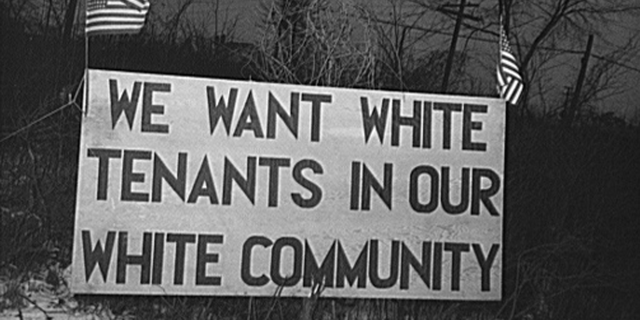Capitalism + Racism = Keith Piper’s The Trophies of Empire
By Taous Dahmani
At the core of The Trophies of Empire is the idea of an extension of colonial history into England’s streets and London life, of its echoes in the most mundane. It tells the story of colonisation, slavery, the resulting classist and racist domination structures, and their survival in the politics and economy of England in the 1970s and 80s. In The Trophies of Empire, Piper provides us with a reflection on history and its transmission, but deviates from the linear codes of the historian and prefers the freedom of a vacillating reflection between fragmentary continuity and globalizing juxtaposition.
Read More
The Non-European Origins of European Industrial Capitalism
By Paula Reisdorf
The origins of capitalism have been debated by generations of scholars, Marxists and non-Marxists alike. The two most active Marxist schools of thought that have theorised capitalism’s origins are Political Marxism (PM) and World Systems Analysis (WSA). Within PM, it is Robert Brenner and Ellen Wood who have theorised this so-called ‘transition debate’ and with WSA, Andre Gunder Frank and Immanuel Wallerstein have taken up this task. Despite both schools having contributed extensively to the historical account of agrarian as well as industrial capitalism’s origins, they are both limited in their Eurocentrism.
Read More
On the Building of Long Island
By Willie Mack
Historians have done well in documenting the prevalence of the practice of redlining, the financial discrimination against people of certain communities usually based on race, throughout twentieth-century United States history, so it should come as no surprise that the practice still exists today.[2] On Long Island in particular, the desire to create racially homogenous white communities has driven up land values for white people while real estate agents have profited off of attempts by people of color to partake in the American dream of owning their own home in an affluent suburb.
Read More
Karl Marx is for the Kids
Opium and Infanticide
By Maya Singhal
Karl Marx writes about these opium infanticides in Capital, volume 1 (1867). But unlike many of the people quoted in the newspapers, Marx is not concerned with whether or not opium eating is moral, so he does not discuss addiction or the moral failings of addicts. Instead, Marx is interested in the societal causes and effects of opium in England. In this sense, one might read Marx’s approach to opium infanticide as in keeping with later works like Ida B. Wells’s The Red Record (1895) and Emile Durkheim’s Suicide (1897). Rather than becoming preoccupied with the individual reasons people might kill their children with opium, Marx looks at the conditions “on which the definite fact” of the infanticide rate depends.
Read More
The Racist Roots of Neoliberal Development Economics
By Lars Cornelissen
Neoliberalism, conceived as an intellectual and political project, was and is centrally concerned with markets. This much is clear to anyone who has studied it for any length of time. What is less well known is to what extent the neoliberal conception of the market is racialized. How, in other words, does the category of race feature in the neoliberal paradigm?
Read More
#DrainTheSwamp
A Note on Ecologies of Black Unfreedom
By Salvador Zárate
Since Toni Morrison’s passing, perhaps because I research ecologies of racial capital, I have thought a lot about the passage in Beloved where Sethe, who is living with a ghost of antebellum plantation slavery in her home, describes the process by which a Southern chokecherry tree (prunus virginiana) was made to grow on her back. More precisely, I have thought of Sethe’s description of the chokecherry tree as resulting from extraction; the forced taking of her milk and the draining of her blood with a cowhide on the Sweet Home plantation: “Schoolteacher made one open up my back, and when it closed it made a tree” (Morrison 1987, 20). Morrison has given us the language to understand how the extraction of the flesh through ungendering violence (Spillers 2003, 207) is a process of power and domination, violence and mutilation, that (re)produces the Southern landscape from the flesh of the slave. And although the layers of social sinew of postbellum legal personhood attempt to abstract and distance the extraction of the flesh, the chokecherry tree remains a hieroglyphic and a living ecology– prunus virginiana growing in postbellum time, turning blood into “sap” underneath Sethe’s flesh. Sethe meditates: “Trunk, branches, and even leaves. Tiny little chokecherry leaves. But that was eighteen years ago. Could have cherries too now for all I know” (Morrison 1987, 18).
Read More





